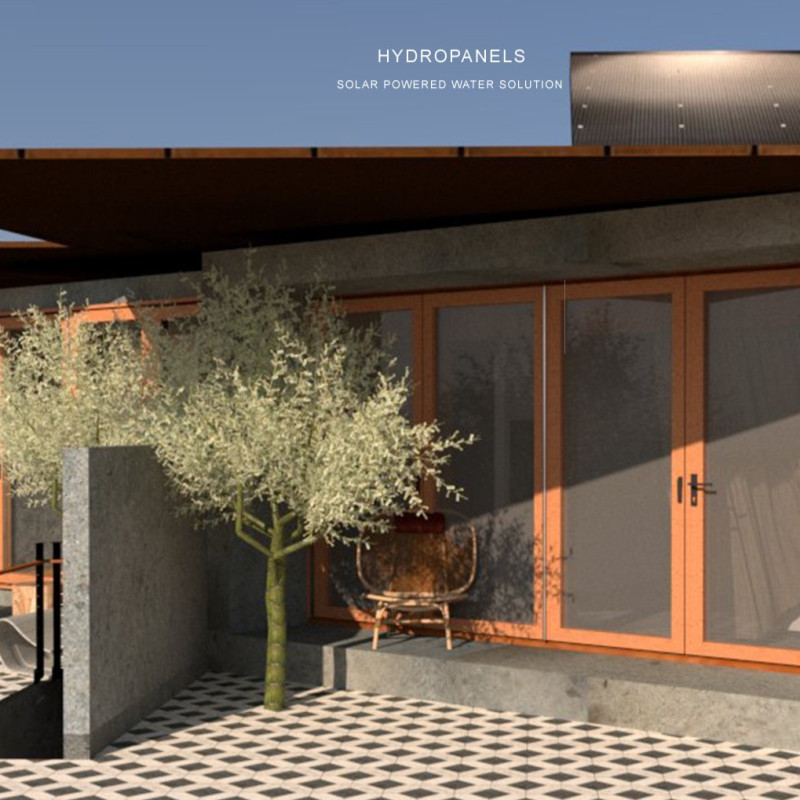5 key facts about this project
At its core, the project functions as a multipurpose facility that caters to [insert various activities or services provided by the project]. The layout has been meticulously planned to accommodate diverse user needs, ensuring that the building is not just a physical structure, but a vibrant hub for social interaction and engagement. The flowing design emphasizes open spaces that encourage movement and connection, reflecting a modern understanding of how individuals inhabit communal areas.
A significant aspect of this architectural design is the use of materials that resonate with both the local environment and contemporary aesthetics. Concrete plays a primary role in providing the structure with stability and durability, while large expanses of glass are strategically integrated to foster transparency, allowing natural light to permeate the interior. This choice not only reduces reliance on artificial lighting but also connects the occupants with the dynamic shifts of the outside environment. Wood elements are incorporated to introduce warmth and a sense of intimacy, creating spaces that are inviting and human-centric.
In terms of unique design approaches, the project introduces several innovative elements that distinguish it from typical constructions. For example, the incorporation of green roofs serves a dual purpose of enhancing insulation while providing additional recreational space for occupants. The design thoughtfully considers the building’s relationship with nature; outdoor terraces and landscaped areas are seamlessly woven into the overall architecture, promoting a sense of well-being and environmental awareness among users.
Sustainable practices are deeply embedded within the design philosophy. Features such as rainwater harvesting systems and energy-efficient systems illustrate a commitment to reducing environmental impact. The building's orientation and strategic placement of windows leverage natural ventilation, minimizing the need for mechanical cooling, thus further supporting sustainability efforts.
The project’s unique aesthetic is underscored by a careful balance of form and function. The facade showcases a rhythmic interplay of solid and void, where sleek lines meet textural contrasts, resulting in a modern composition that is both visually appealing and contextually relevant. This approach not only enhances the visual narrative of the building but also encourages dialogue with the surrounding urban fabric.
In summary, this architectural project stands as a model of thoughtful design, where user experience, sustainability, and aesthetics converge to create a functional and inspiring space. It represents a commitment to architectural integrity and community involvement, positioning itself as a valuable addition to the area. For those interested in delving deeper, exploring the architectural plans, sections, designs, and innovative architectural ideas presented in the project provides a richer understanding of its significance and impact. Visitors are encouraged to engage with the details of the project presentation for a comprehensive insight into its architectural narrative.

























